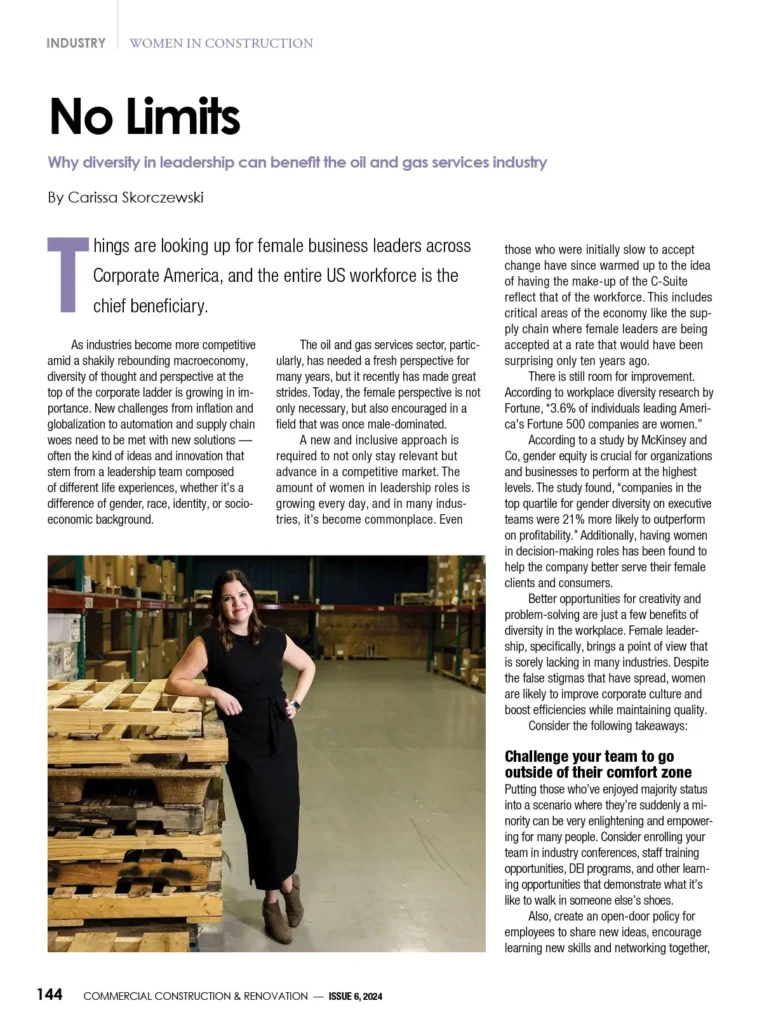If you are an exporter using general carrier rates, you may be missing out on a lucrative opportunity to save on costs. You can give yourself a much-needed competitive advantage in the cutthroat international markets. To negotiate freight rates, shippers must know when, where, and how to apply leverage. You can bargain effectively for deep discounts that can lead to significant cost savings by equipping yourself with advanced negotiation skills and insights into the maritime shipping industry. According to Forbes, the shipping industry seems to have a reputation for not being open about market shifts. It is, therefore, mandatory to stay current on the latest developments in the global shipping scenario. Some handy tips:
Get Ready to Negotiate
The secret of effective negotiation is preparing for it. Even before you set up a meeting to negotiate freight rates, you should equip yourself with information on what you need, what is available, and the current trends in the shipping industry. Knowing the impact of exchange rates, politics, and economics is important, but it is even more vital to calculate your current and expected shipping volumes and budget.
Compare Prevailing Prices
Before you sit at the negotiating table, you must find out what other carriers are charging. However, you must include cost heads like insurance, accessorial changes, and factor in lead times, transit requirements, cargo dimensions, weights, point of origin, and destinations. You must distinguish between contract rates, spot rates, and special rates. When you know what the other players are charging, you will be equipped better to negotiate the best rates as all shipping lines work under intense competition.
Pay For What You Use
Shipping lines invariably try to get you to pay high rates by quoting many value-added services, however, you need to find out what you need and ask them to customize a package for you depending on the services you need. You may get lower rates for shipping in off-peak seasons or compromise on the delivery times. You may not need the shipping line to give you tracking service if you have your own system. You need not pay for the entire year if you ship only during certain times. Discussing your specific needs with the carrier will help you save on costs.
Focus on Reading the Fine Print
Always remember to read carefully the fine print. You need to see if there are any inflexibilities or hidden fees that do not support your requirements. Some instances of critical fine-print items:
- Charges for a weekend or holiday delivery
- The time is given for pickup and delivery
- Demurrage charges
- Cash on delivery charges
The fine print is the best place to see if there is any additional opportunity for reducing your costs. For instance, you can start negotiating to reduce accessorial charges like unpacking or packing fees.
Ask for a Quote Covering All Your Requirements
More often than not, a carrier may ask for a quote for only a single shipment. For example, an electronics wholesale merchant may look for a quote on just shipping televisions from Asia to the U.S.A. If you, on the contrary, ask for a comprehensive quote for all your other business requirements, it can help motivate the logistics company to offer more competitive freight rates and a much better solution.
Conclusion
Your freight carrier is integral to your supply chain. While negotiating freight shipping rates, it is best to utilize your people skills for building positive and long-term relationships. Moreover, for getting fat discounts on shipping rates, it pays to join a buying group. It is a good idea to focus on leveraging the collective purchasing power of the entire group for scoring discount shipping rates.







 The 2024 virtual Men’s Round Table will be held Q4, 2024, date TBD.
The 2024 virtual Men’s Round Table will be held Q4, 2024, date TBD.












